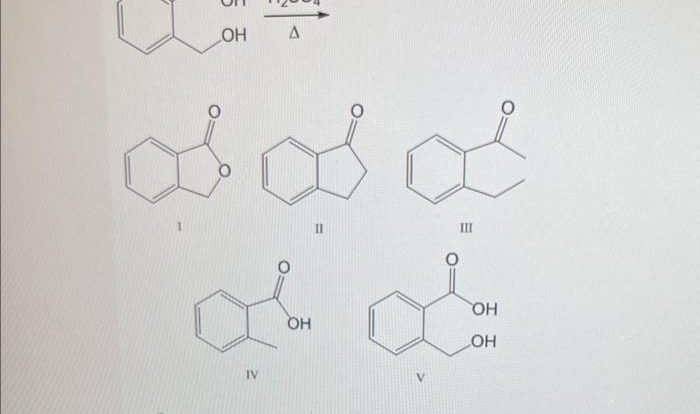Draw the structure of the cycloalkane 1 4-dimethylcyclohexane – Delving into the fascinating world of cycloalkanes, we embark on an exploration of the structure and properties of 1,4-dimethylcyclohexane. This captivating journey unravels the intricate details of this unique molecule, offering insights into its molecular composition, conformational dynamics, and potential biological significance.
1,4-Dimethylcyclohexane, a cycloalkane characterized by its six-membered ring and two methyl substituents, presents a compelling subject for scientific inquiry. Its structure, a fusion of a cyclic backbone and alkyl groups, embodies the fundamental principles of organic chemistry.
1. Cycloalkane Ring Structure: Draw The Structure Of The Cycloalkane 1 4-dimethylcyclohexane
Cycloalkanes are cyclic hydrocarbons with the general formula CnH2n. They consist of a ring of carbon atoms, each bonded to two hydrogen atoms. The basic structure of a cycloalkane ring is a regular polygon, with all carbon-carbon bonds being of equal length.
1,4-dimethylcyclohexane is a specific cycloalkane with a six-membered ring. The ring structure can be represented as a hexagon, with the two methyl groups attached to the carbon atoms at positions 1 and 4.
2. Alkyl Substituents
1,4-dimethylcyclohexane has two methyl groups attached to the cycloalkane ring. These methyl groups are located at positions 1 and 4 on the ring, as indicated by the name of the compound.
The methyl groups are alkyl substituents, which are hydrocarbon groups that contain only carbon and hydrogen atoms. They are attached to the cycloalkane ring by a single carbon-carbon bond.
3. Molecular Formula and Properties

The molecular formula of 1,4-dimethylcyclohexane is C8H16. It is a colorless liquid with a boiling point of 121-122 °C and a density of 0.77 g/mL.
1,4-dimethylcyclohexane is a nonpolar compound, which means that it is insoluble in water but soluble in organic solvents such as hexane and ether.
4. Conformational Analysis
Conformational analysis is the study of the different shapes that a molecule can adopt. Cycloalkanes can exist in a variety of conformations, depending on the relative positions of the substituents on the ring.
1,4-dimethylcyclohexane can exist in two main conformations: the chair conformation and the boat conformation. The chair conformation is the more stable conformation, and it is the one that is usually depicted in structural drawings.
In the chair conformation, the cyclohexane ring is arranged in a chair-like shape, with the two methyl groups located on opposite sides of the ring. The boat conformation is less stable, and it is characterized by a boat-like shape, with the two methyl groups located on the same side of the ring.
5. Chemical Reactivity

1,4-dimethylcyclohexane is a relatively unreactive compound. It undergoes typical alkane reactions, such as combustion, halogenation, and nitration.
The methyl groups on the cyclohexane ring make it more susceptible to electrophilic aromatic substitution reactions than cyclohexane itself. For example, 1,4-dimethylcyclohexane can undergo Friedel-Crafts alkylation to form 1,4-dimethyl-2-phenylcyclohexane.
6. Biological Significance

1,4-dimethylcyclohexane is not known to have any significant biological activity. However, it is a common solvent for organic reactions and is also used as a fuel additive.
FAQ Compilation
What is the molecular formula of 1,4-dimethylcyclohexane?
C8H16
How many conformations does 1,4-dimethylcyclohexane have?
Two: chair and boat
Is 1,4-dimethylcyclohexane a reactive compound?
Yes, it can undergo various reactions, including substitution, addition, and elimination.
